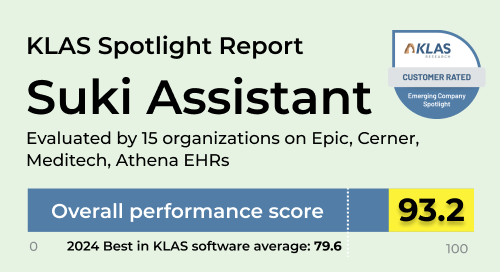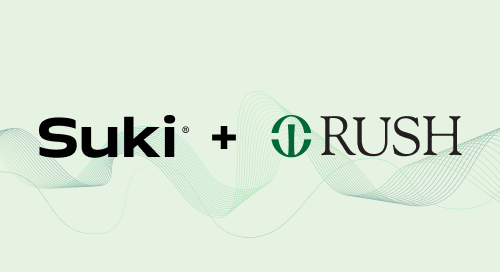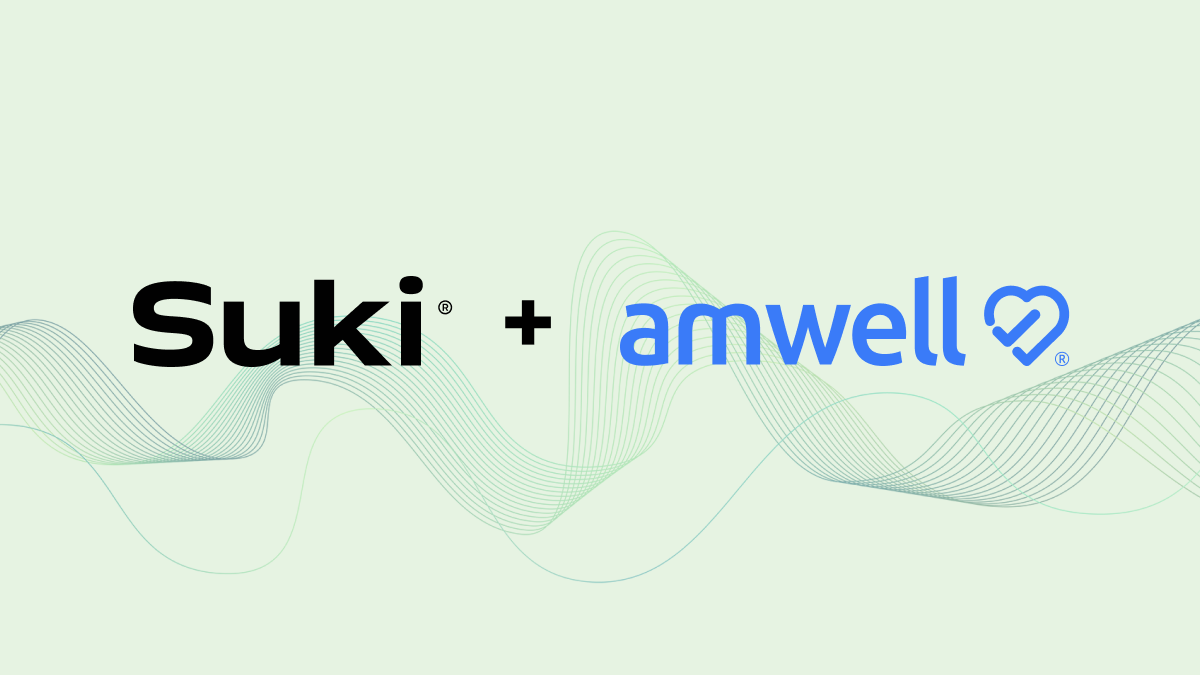At Suki, we continuously improve our product to enhance the user experience. Over the past few months, we have been focused on improving the accuracy and responsiveness of our digital assistant. Suki is unique compared to consumer digital assistants such as Siri and Alexa because Suki allows clinicians to complete entire workflows, such as documenting a medical note, rather than simply answering queries or completing a simple task. As a voice solution, Suki is able to seamlessly transition back and forth between semantic (commands) and syntactic (dictation) speech. To ensure our underlying tech stack remains both adaptive and efficient in handling the exponential growth in usage, we have implemented a re-architected version of our voice AI platform, called Suki Speech Service (S3).
The three key benefits of S3 are greater accuracy, flexibility, and speed. S3 includes a simplified state machine that naturally alternates between syntactic and semantic speech and is able to accurately handle multiple naturally occurring pauses during commands. We used the latest advances in natural language processing to develop proprietary methods that identify when users are in syntactic vs. semantic mode. This means users are able to speak more naturally and pause to collect their thoughts, if needed. With S3, Suki can also accurately process multiple commands in quick succession.
We also introduced a new, highly accurate intent extractor that enables Suki to understand a wide variety of commands. With this, users do not need to memorize commands - they can simply say what they’d like Suki to do, and Suki will correctly understand their intent 99.5% of the time. We achieved this by updating our intent model and slot extraction pipeline, using a combination of transfer learning and training neural network models on historic command usage data, to better capture the natural language variations of spoken commands.
S3 provides our users with a highly responsive, consistent, and accurate experience. Analysis shows that Suki now processes commands 54% faster, and has reduced the standard deviation of latency by 3.5x. This is a big step change in our user experience, and we are excited to have received positive feedback from physicians like Dr. Reza Kermani, general surgeon, who says “The new ability to give flexible commands and have Suki quickly and accurately carry them out has saved me so much time in my day, and makes it even easier for me to put my full attention on patients.”
I’m incredibly proud of the work our engineering team has done, but this is only the beginning. We continue to work on making our tech stack more scalable, flexible, and efficient, improving our machine learning models, and introducing new capabilities that will save doctors even more time on complicated workflows. We are on an exciting journey, and I can’t wait to show everyone what’s to come.



